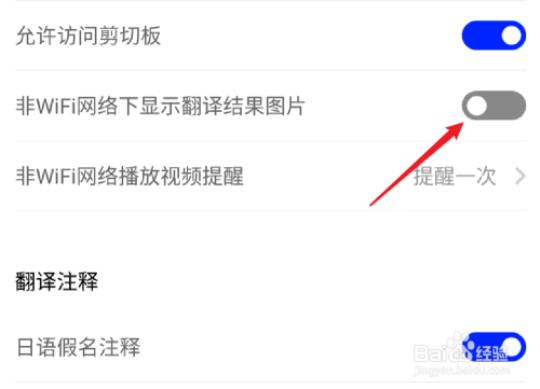
Bike rental company Mobike has released a report of its user data from the Labor Day holiday weekend, providing one of our first pictures that can be built from bike rental data and an idea of how the company wants to reveal what it knows.
“May 1st Little Long Holiday Cycling Report,” generated by the Mobike Big Data Artificial Intelligence Platform or “Mofang” (魔方 “Magic Cube”) for short, shows users were indeed acting differently over the holiday weekend (April 29 to May 1) compared to normal weekends and commuting.
The data falls roughly into two different categories C national trends and behavioral change, or places vs people.
National
Overall use was up 17.2% nationally from the weekend before, with the largest spikes seen in tourist destinations rather than first-tier cities C up 51% in Xiamen, 47% in Hangzhou C with Tianjin seeing the biggest jump among the big cities at 36%, down to 26% for Shanghai which was fifth on the top city list.
Chengdu had the highest proportion of female riders at 47.7% followed by 45.7% in Beijing, 43.3% in Shanghai.
Growth spike for Labor Day weekend compared to previous weekend for Tier 1 cities: Tianjin, Guangzhou, Shenzhen, Beijing, Shanghai (top to bottom)
There is no mention of the locations which had either very small increases or falls which allow the national average of a 17.2% increase, but Mofang provides further interpretation of the figures.
The top five places whose Mobike users love to travel are listed as Beijing, Shanghai, Guangzhou, Shenzhen and Chengdu.
The report includes the “Top 5 hottest tourist destination sites” for visitors who have registered in other parts of China: Beijing, Shanghai, Guangzhou, Chengdu, and Xiamen. This is where the user tracking starts to become more apparent.
Behavior
The report outlines trends of who is going from which city to where: Beijing and Shanghai users head to Chengdu, while Guangzhou and Shenzhen city folk head to Haikou and Xiamen for a change of pace.
Then whether users stay in their hometowns or travel to another location, they’re tracked as they head to scenic spots (in their tens of thousands in some cases) and their behavior monitored: they cycle longer than normal, later in the day, visit more places, and in larger groups.
Graph of use over time of day with the morning peak delayed over the holiday weekend
Superficially the data shows the impact the bikes are having on leisure time. The lifestyle advertising seems to have made headway as touristy areas thronged with cyclists. By revealing the data behind the trend, Mofang demonstrates how applying AI to massive amounts of data is going to create a valuable resource for Mobike as it builds a more detailed picture of its users’ lives.
Selling targeted data to travel companies (or setting up your own) is one thing, but the fact the company is showing that when you head out for a holiday cycle, it knows who you’re cycling with and when, where, at what speed, and whether you’ve traveled together from somewhere else. All this hints at just what else that Magic Cube might glean from its database.
